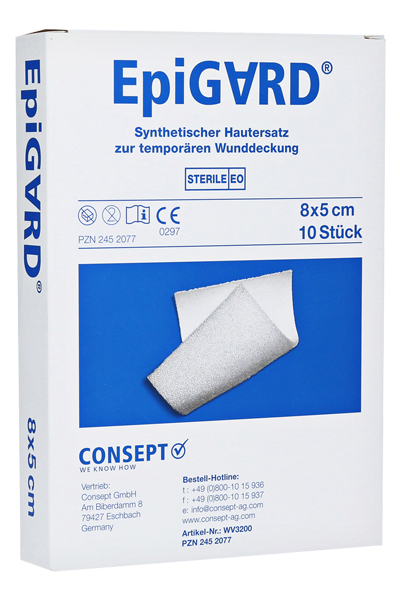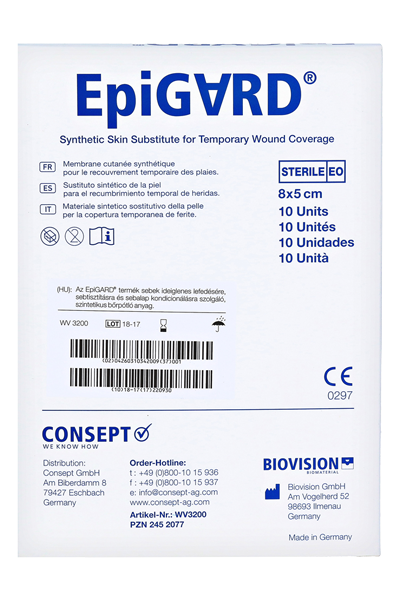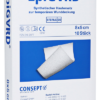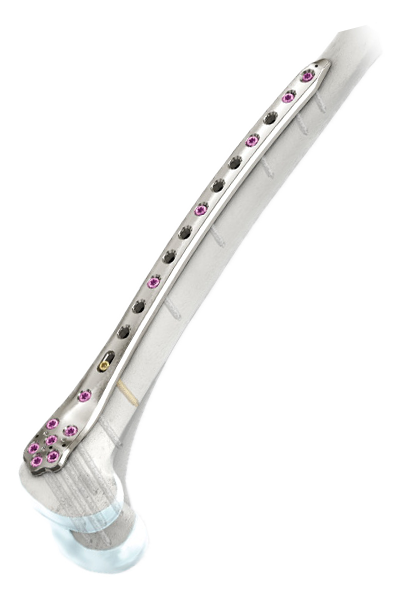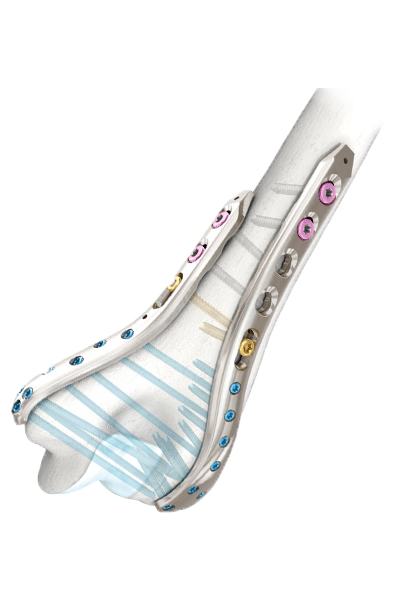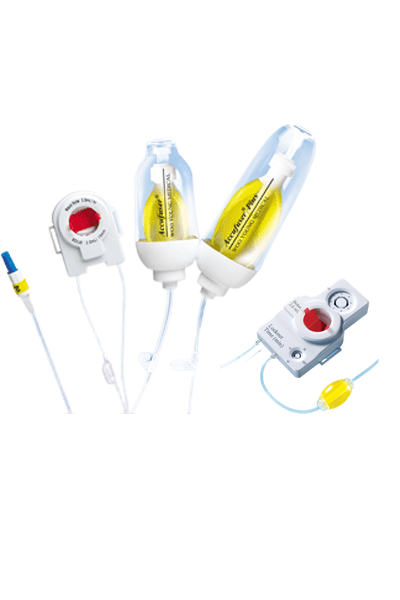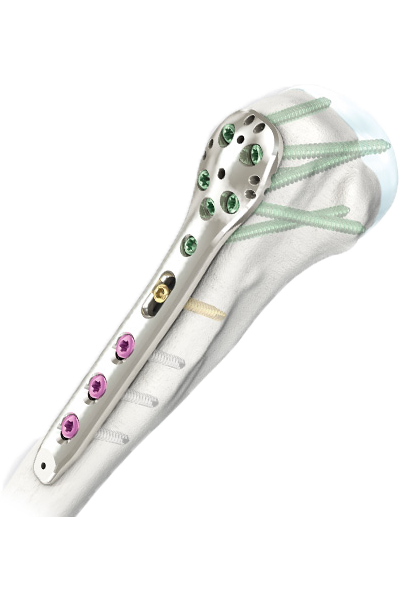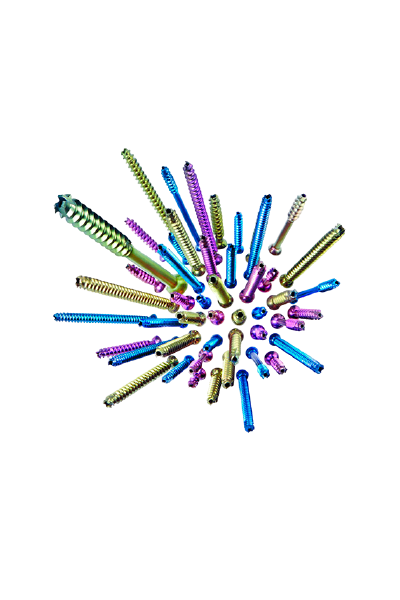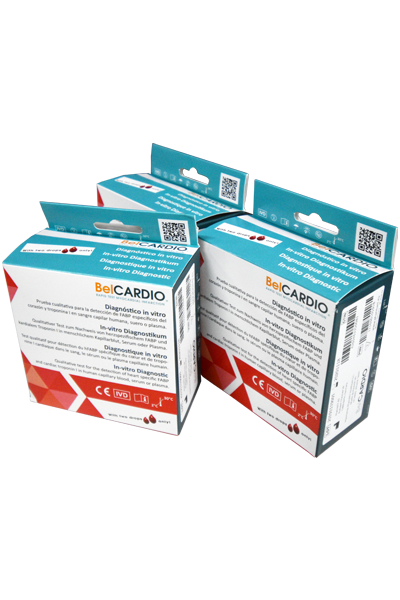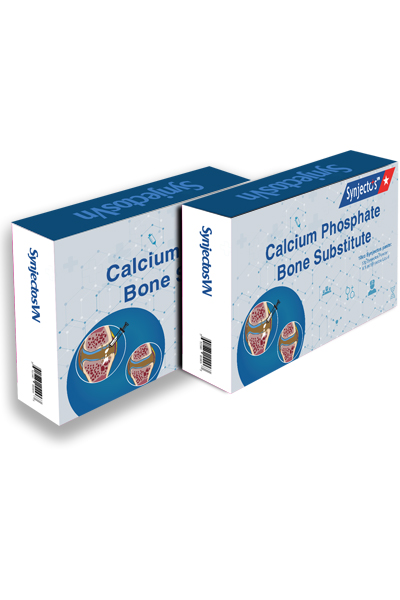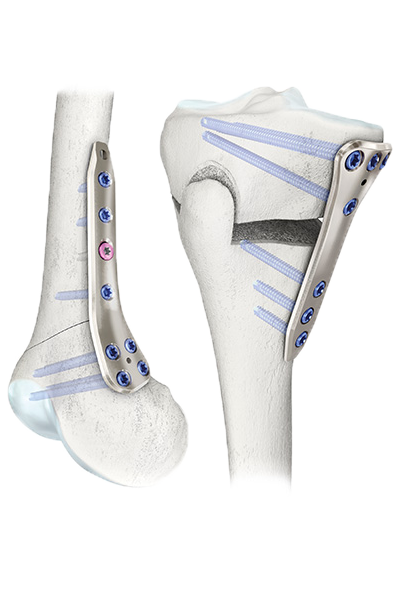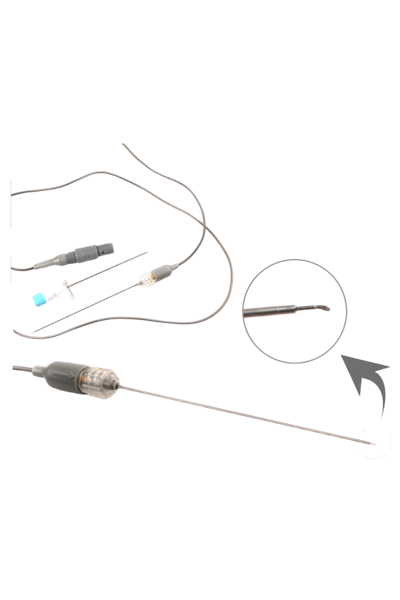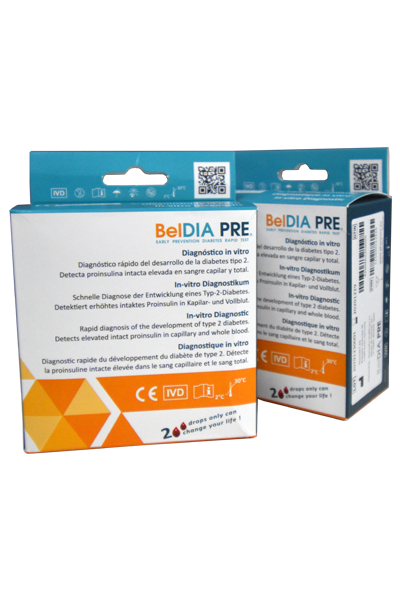Effect
EpiGARD sticks rapidly and effectively through thrombogenic adhesion and coagulation of the exudate on the wound bed. This rids the wound of necrotic tissue and exudate when the bandage is changed for the first time. During this wound cleansing phase, fibroblasts and vessels start growing in the wound area and the open-pored polyurethane foam.
After a few days a consistent, well-vascularised wound bed is achieved, which can be covered with a secondary dressing.
Material
EpiGARD’s unique feature is the two-ply material, which was developed by imitating the microanatomy of the human skin.
The thin top surface made of Teflon (polytetrafluoroethylene) is permeable to air, but prevents bacteria from penetrating the wound and secretions from seeping through.
The underside forms an open matrix of soft, pliable polyurethane.
The side that faces the wound ensures rapid cleansing and good preparation of the wound surfaces. EpiGARD is sterile and disposable.
Application
EpiGARD must be changed if there is the slightest indication of irritation, infection, or oedema.
Do not use EpiGARD with creams or ointments.
EpiGARD is suitable for treating open wounds and for preparing a secondary wound occlusion such as open fractures with soft tissue damage and extensive skin defects, contaminated wound surfaces.
Do not use EpiGARD on wounds with pocket formation, massive infections with copious discharge, and in patients with impaired blood clotting.

 Tiếng Việt
Tiếng Việt Bahasa Indonesia
Bahasa Indonesia Malaysia
Malaysia
